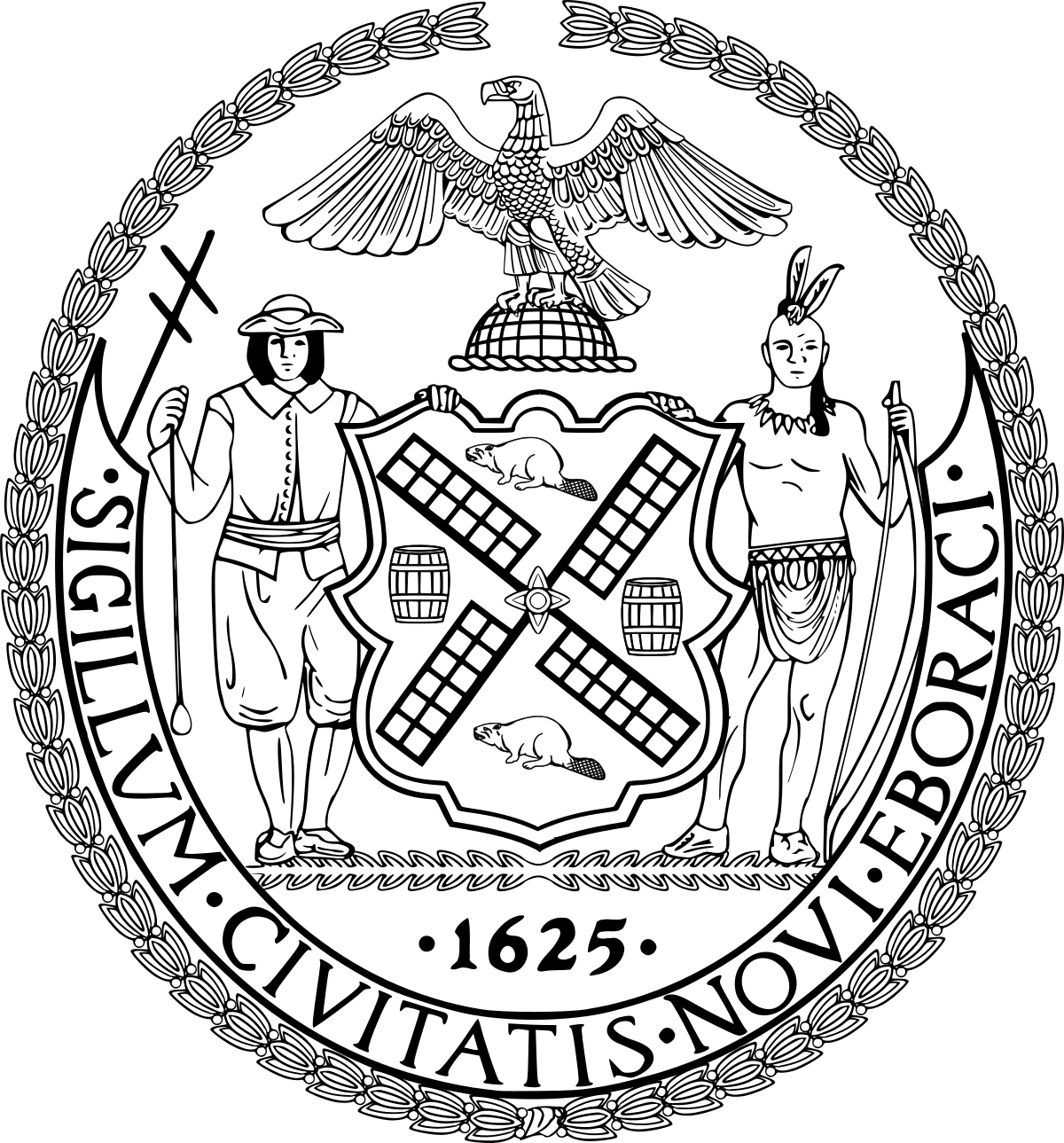Harper's Building
The company changed its name to "Harper & Brothers" in 1833. The headquarters of the publishing house were located at 331 Pearl Street, facing Franklin Square in Lower Manhattan (about where the Manhattan approach to the Brooklyn Bridge lies today). Harper & Brothers began publishing Harper's New Monthly Magazine in 1850. The brothers also published Harper's Weekly (starting in 1857), Harper's Bazar (starting in 1867), and Harper's Young People (starting in 1879). George B. M. Harvey became president of Harper's on Nov. 16, 1899. Harper's New Monthly Magazine ultimately became Harper's Magazine, which is now published by the Harper's Magazine Foundation. Harper's Weekly was absorbed by The Independent (New York; later Boston) in 1916, which in turn merged with The Outlook in 1928. Harper's Bazar was sold to William Randolph Hearst in 1913 and is now Bazaar, published by the Hearst Corporation. In 1924, Cass Canfield joined Harper & Brothers and held a variety of executive positions until his death in 1986. In 1925, Eugene F. Saxton joined the company as an editor, and he was responsible for publishing many well-known authors, including Edna St. Vincent Millay and Thornton Wilder. In 1935, Edward Aswell moved to Harper & Brothers as an assistant editor of general books and eventually became editor-in-chief. Aswell persuaded Thomas Wolfe to leave Scribner's, and, after Wolfe's death, edited the posthumous novels The Web and the Rock, You Can't Go Home Again, and The Hills Beyond. n 1962 Harper & Brothers merged with Row, Peterson & Company to become Harper & Row. Marshall Pickering was bought by Harper and Row in 1988. Marshall Pickering itself was formed in 1981 from two long-established Christian publishers. Marshall Morgan and Scott, a London-based predominantly Baptist publishing house, which had acquired a number of publishing companies over the years, such as Bagsters (Bible publishers since 1794) and Oliphants. Pickering and Inglis was a long established Glasgow-based publisher, publishing largely for the non-conformist church in Scotland with many Brethren publications.. Rupert Murdoch's News Corporation acquired Harper & Row in 1987, and William Collins & Sons in 1990. The names of these two national publishing houses (Harper & Row in the United States and Collins in Britain) were combined (along with the Harper's torch icon and Collins' fountain icon) to create HarperCollins, which has since expanded its international reach with further acquisitions of formerly independent publishers. The Harper imprint began being used in place of HarperCollins in 2007. The tensile strength of cast iron ushered in a new style of building in New York, making possible numerous windows and narrow supporting elements. The façade became virtually permeable, with big, inviting display windows that seemed to dissolve the boundary between street and shop. In 1858 architect and inventor James Bogardus, whose name has become synonymous with cast-iron architecture, wrote that he wanted to emulate the “rich architectural designs of antiquity in modern times, by the aid of cast iron.” His best-known structure, the Harper & Brothers building at Franklin Square on Pearl Street, with its Italianate columns and arches, gives the impression of modernity while evoking the legitimacy of the past.

